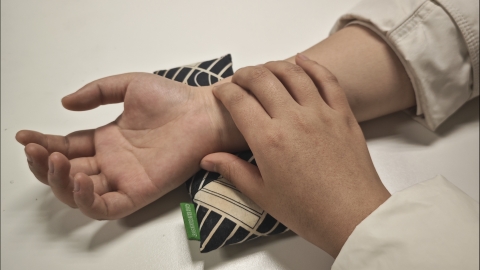Can a nodule in the tail of the pancreas be regulated and improved through traditional Chinese medicine?
Generally, if a pancreatic tail nodule is benign and causes only mild symptoms, it may be improved through traditional Chinese medicine (TCM) regulation. However, if the nodule is malignant, or if it is benign but large in size and causing significant symptoms, it is difficult to manage effectively with TCM alone. If any abnormalities are detected, prompt medical attention is recommended. Detailed explanations are as follows:

If the pancreatic tail nodule is benign, small in size, and accompanied only by mild symptoms such as abdominal distension and indigestion, TCM may help improve organ function and alleviate discomfort, potentially stabilizing or even reducing the nodule. In such cases, TCM might be beneficial.
If the nodule is malignant, TCM alone is unlikely to eliminate the tumor lesion. Similarly, if the nodule is benign but large enough to compress surrounding tissues and cause significant symptoms such as pain and jaundice, TCM alone cannot relieve the compression or provide a cure, making effective management difficult in these cases.
After detecting a pancreatic tail nodule, it is important to first determine its nature and the extent of the condition. While TCM regulation can be used as an adjunctive approach, it should not replace standard medical treatment. If symptoms worsen or the nodule changes, timely intervention using Western medical approaches should be implemented to avoid delaying treatment.





